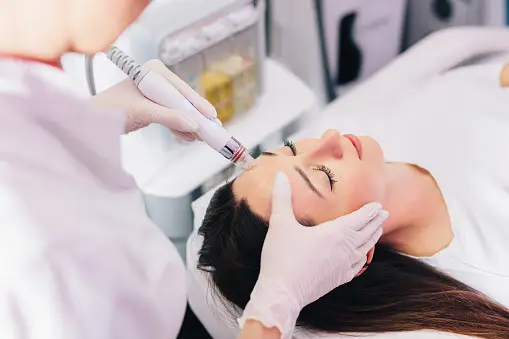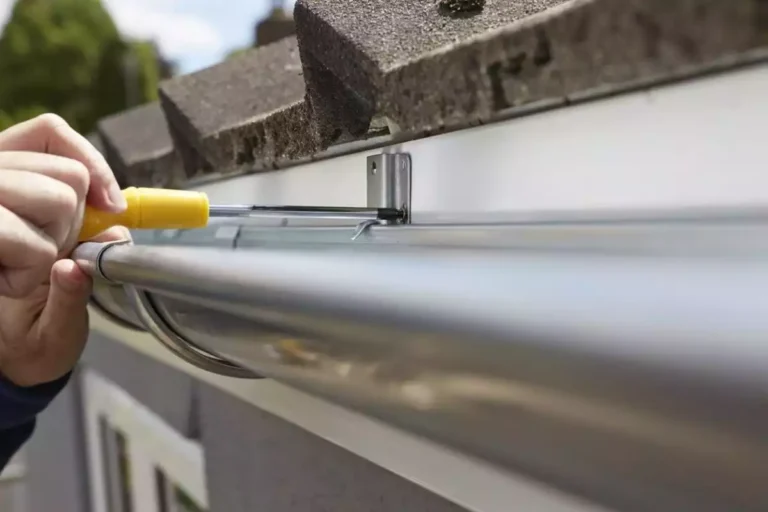One of the first questions people often ask about laser eyebrow tattoo removal is whether it’s painful. Since this procedure involves using lasers on delicate skin near the eyes, it’s natural to be concerned about discomfort. Here’s a look at what the process feels like, how much pain to expect, and what can be done to manage any discomfort.
1. What Does the Laser Feel Like?
During a laser eyebrow tattoo removal session, you may feel a sensation similar to having a rubber band snapped against your skin. Each pulse of the laser is quick but can feel intense due to the concentrated heat and energy aimed at breaking down the tattoo pigment. Because the eyebrow area has more nerve endings, the sensation can be sharper than on other parts of the body.
2. How Painful Is It? Factors That Influence Pain Levels
The level of discomfort experienced during laser eyebrow tattoo removal varies from person to person and depends on several factors:
- Individual Pain Tolerance: People with higher pain tolerance may find the procedure only mildly uncomfortable, while others may feel more intense sensations.
- Tattoo Depth and Age: Older tattoos or tattoos applied closer to the skin’s surface are often less painful to remove. Deeper, newer tattoos may require stronger laser settings, which can increase discomfort.
- Skin Sensitivity: Sensitive skin, particularly around the eyes, may feel more discomfort than less delicate areas.
- Laser Type: Different lasers deliver pulses at varying speeds and intensities. Q-switched lasers are commonly used and provide rapid pulses that many find more tolerable. Picosecond lasers, which deliver ultra-short bursts of light, are also known for being relatively gentle while effectively breaking down pigment.
3. Numbing Options for Pain Relief
Most clinics offer numbing options to minimize pain during the procedure:
- Topical Numbing Creams: A numbing cream is often applied to the eyebrow area 20-30 minutes before treatment to help reduce the sensation. The numbing cream’s effects last throughout the session and make the process more comfortable.
- Cold Compresses: After each session, applying a cold compress to the area can help soothe the skin and minimize any lingering discomfort.
- Cooling Devices: Some clinics use a built-in cooling system on the laser device or provide cold air blowers to help cool the skin during treatment, further reducing discomfort.
4. What to Expect After Each Session
Immediately after a session, the skin around your eyebrows may feel warm and sensitive, similar to a mild sunburn. Redness and swelling are common and usually subside within a day or two. Applying a recommended healing ointment can also help ease any tenderness.

5. Comparing the Pain to Other Procedures
Many people find laser eyebrow tattoo removal less painful than getting the original tattoo. Because the sessions are short and focused on a small area, any discomfort is generally brief and manageable. For those who have undergone other laser treatments, such as laser hair removal, the sensation is often comparable, though eyebrow tattoo removal can feel slightly more intense due to the area’s sensitivity.
6. Managing Pain for Multiple Sessions
Since complete tattoo removal often requires 3-6 sessions, spaced about 4-6 weeks apart, managing discomfort is important. Each session is generally less painful than the first, as there is less pigment to target over time. Practicing proper aftercare between sessions helps the skin heal fully, which can reduce pain in subsequent treatments.
Final Thoughts
Laser eyebrow tattoo removal can cause mild to moderate discomfort, but pain is usually manageable with the right preparation and numbing techniques. If you’re concerned about pain, talk to your technician about numbing options and what to expect. With short session times and effective pain relief methods, many find the procedure more tolerable than anticipated, and the results can make any temporary discomfort well worth it.



